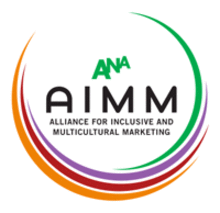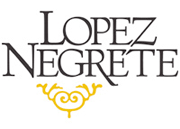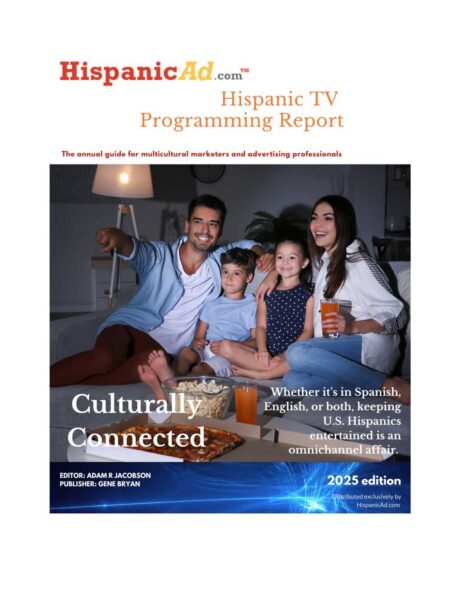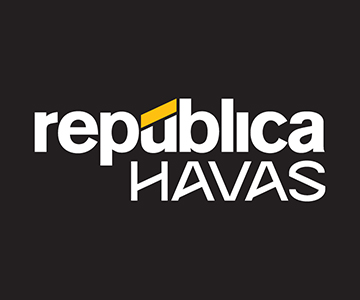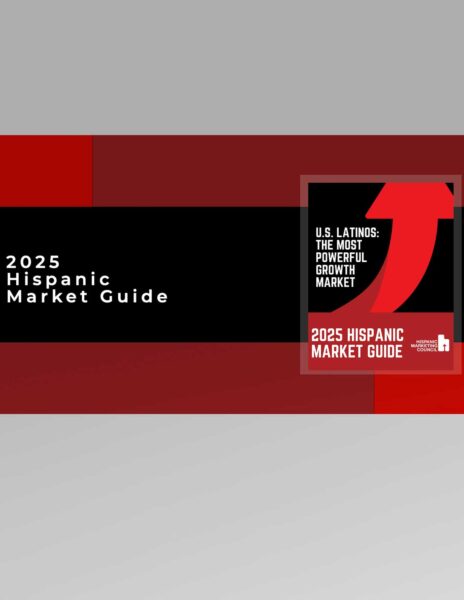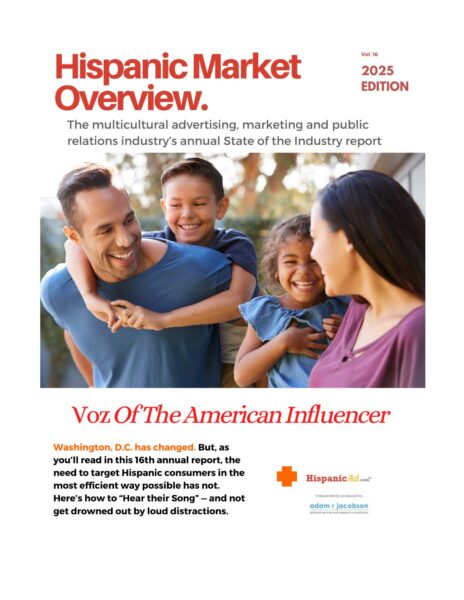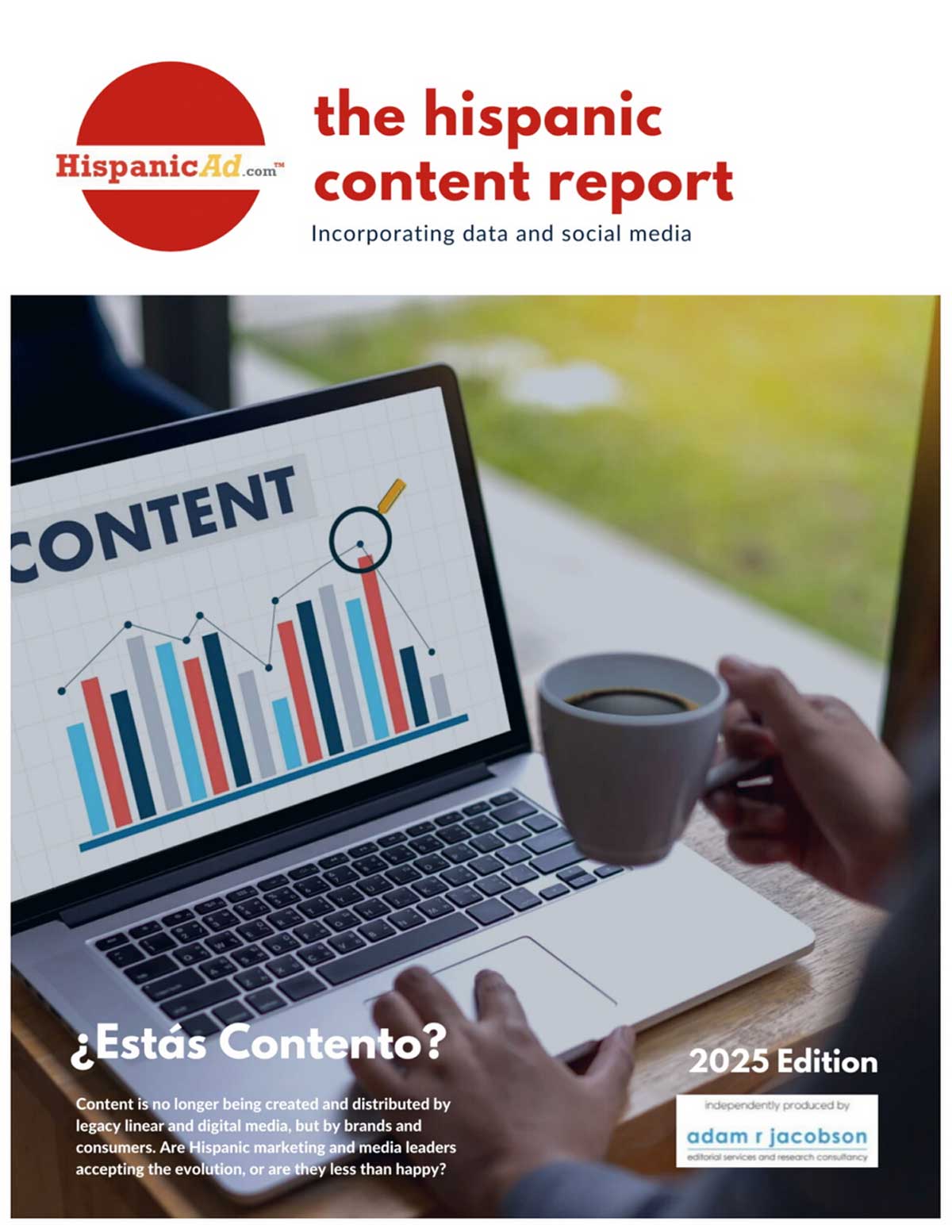The Power of Collaboration: Reinventing Brand Storytelling in a Changing Market
November 15, 2025

Strategic partnerships aren’t a passing trend—they’re redefining how brands connect, create, and stay relevant.
In a world where attention is the scarcest currency, even the most iconic brands struggle to stay relevant. When sameness sets in and audiences tune out, collaboration becomes more than a marketing move—it becomes a strategy for survival and reinvention.
In today’s crowded marketplace, where product parity blurs differentiation, consumers crave novelty and meaning. Collaborations offer a way out of fatigue—inviting brands to merge worlds, share purpose, and tell stories that feel fresh and emotionally resonant. These partnerships transcend traditional advertising, turning campaigns into authentic experiences that foster trust and participation.
Why Collaborate?
Because collaboration expands both reach and relevance. It introduces new audiences, ideas, and energy that a single brand could rarely achieve alone. The real value lies in authentic alignment—when two brands share values, missions, or cultural codes that make sense together. That’s when partnerships evolve from short-lived hype into enduring stories that live within culture.
Think of Adidas x Gucci, LEGO x IKEA, or Jarritos x Nike—unexpected alliances that worked because they made sense emotionally, not just commercially.
Trend vs. Longevity
Not all collaborations are built to last. Some are sparks—quick bursts of virality. Others are blueprints—long-term alliances rooted in shared vision. The distinction is authenticity. When collaboration grows organically from common purpose, it builds equity. When it’s forced, it fades fast.
Short-term collaborations can generate attention, but long-term ones build belief. The strongest brands see collaboration not as a stunt—but as an ecosystem for sustained storytelling.
To Continue or Not?
The decision to extend or conclude a partnership should serve your brand’s long-term narrative. If the collaboration still drives relevance, engagement, and innovation—evolve it. If it has fulfilled its role, close it with intention and impact. The key is coherence: every partnership should reinforce the story your brand is here to tell.
Collaboration Leadership: Shared Power or Leading Brand?
Great collaborations don’t compete for the spotlight—they share it. Success comes from balance, where each brand contributes distinct value and clear leadership in its area of strength.
When power is uneven, collaboration risks becoming extraction rather than creation. But when both sides respect each other’s voice, the result is synergy: shared innovation, amplified storytelling, and a cultural imprint that neither could achieve alone.
The Risks Behind the Hype
Collaboration may be powerful, but it’s not without pitfalls. Misaligned values can quickly turn a partnership into a reputational liability—as seen when Adidas had to reassess its ties with Balenciaga after public controversy.
When collaborations chase clout instead of meaning, they risk confusing audiences or diluting brand equity. In a culture that values authenticity and accountability, consumers are quick to spot opportunism.
That’s why brands must assess potential partners beyond market fit—they need cultural alignment. Shared ethics, tone, and purpose matter more than overlapping demographics. The best collaborations feel inevitable; the weak ones feel engineered.
Collaboration is no longer about combining brands—it’s about co-creating culture. The most powerful partnerships don’t just make noise; they make meaning. They blend identities to shape how people think, feel, and connect.
Cultural Shifts Fueling the Movement
This new wave of collaboration is also consumer-driven. A generation raised on remix culture and social co-creation expects brands to behave the same way. Gen Z doesn’t just buy products—they participate in the story. They thrive on shared ownership, mashups, and moments that feel personal.
That’s why collaboration isn’t a marketing tactic—it’s a cultural response to how audiences now consume, create, and connect.
Looking Ahead
The rise of collaboration-driven storytelling reflects a deeper shift toward transparency, community, and co-creation. Audiences no longer want to be sold to; they want to be part of something. For brands, this means opening the stage, embracing partnerships, and turning shared purpose into shared progress.
In a time when authenticity matters more than reach, collaboration is not just a marketing tool—it’s a storytelling revolution. The future belongs to brands that don’t just coexist, but co-create.



